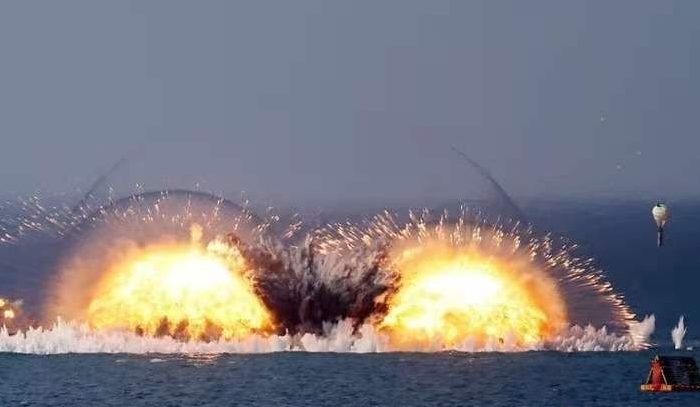U.S. rocket launchers across the sea in the direction of Crimea: ultra-long range covers 80,000 Russian bases
The Russian satellite network reported that the U.S. military long-range rocketry troops fired rockets in the Crimean direction. The U.S. military uses mobile launch. First, after the U.S. rocket launchers in the direction of Crimea on the coastline, the U.S. rockets in Germany, mobilely launched rockets to Romania. Immediately, return to the U.S. military base in Germany. The whole process was completed in just a few hours.
This is the so-called 24-hour high-tech war drill conducted by the U.S. military, which now has the 4th Field Artillery Brigade stationed in Germany. All equipped with long-range rockets, if launched from Romania, it is only 250 miles away from the Russian military base in Crimea.
There are a large number of Russian troops stationed in Crimea, and the Russian army deploys three S-400 anti-aircraft missile battalions in Crimea, as well as Su-30 fighters. The Russian army’s latest “Fortress”-P system P-800 supersonic anti-ship missile) and coastal defense missile systems using SS-N-25 anti-ship missiles have been deployed in Crimea.
At the same time, the Russian army has also deployed sky-M multi-band radar that can anti-stealth fighters, sunflower ground wave over-the-horizon radar, etc.

80,000 Russian troops have turned Crimea into a powerful fortress, but the U.S. military has also made a large number of targeted deployments since the Crimean War in 2014. The first is the cross-sea attack of rocket launchers.
The U.S. military adopts a mobile mode of warfare, such as this time. The C-130 transport plane directly airlifted the long-range rocket launcher to Romania, and immediately after the launch, it was airlifted back to the German U.S. military base.
The wheeled HIMARS rocket launched by the U.S. military has a range of only 40 miles, and 100 miles if short-range tactical missiles are launched.

But now, the U.S. military has developed ammunition with a longer range for wheeled HIMARS rockets and MLRS crawler heavy rockets.
Even the maximum range ammunition can reach 310 miles, including anti-ship bomb types.
From the Romanian coastline to Crimea, it is only 250 nautical miles away.
That is to say, the range of the long-range rocket launcher unit of the U.S. Army can already cover Russian bases in Crimea.
It poses a serious threat to the Russian army.

Now, the U.S. military adopts a new tactic, a tactic of using land to control the sea and crossing the sea by land.
Russian ships, missile bases and air bases in the Black Sea are restrained by precision-guided long-range ammunition.
And cover long-range rocket positions with U.S. military airbase fighters in Europe.

Occupy the strategic location of the Black Sea region to ensure the current superpowerful position of the United States.
Historically, in order to pursue global hegemony, we must not forget to compete for and control the Black Sea.
Located at the junction of Eurasia, the Black Sea connects the Sea of Azov in the east, the Mediterranean Sea in the west, and the strategic waters such as the Bosporus, the Marmara Sea and the Dardanelles. It has always been a battleground for soldiers.

We know that one quarter of Russia’s imports and half of them are exported. To pass through the Black Sea region, American strategist Brzezinsky has long said that if you want to control Europe, you must control Ukraine, and if you want to control Ukraine, you must take over the Black Sea.
At the same time, the United States will also establish a strategic zone for Central Asia, Transcaucasia and Southeast Europe to blockade Russia. Therefore, the struggle between the United States and Russia for the Black Sea will continue.



